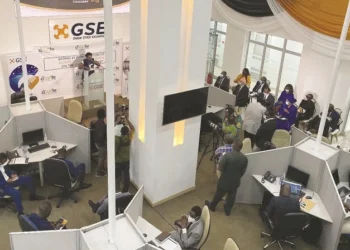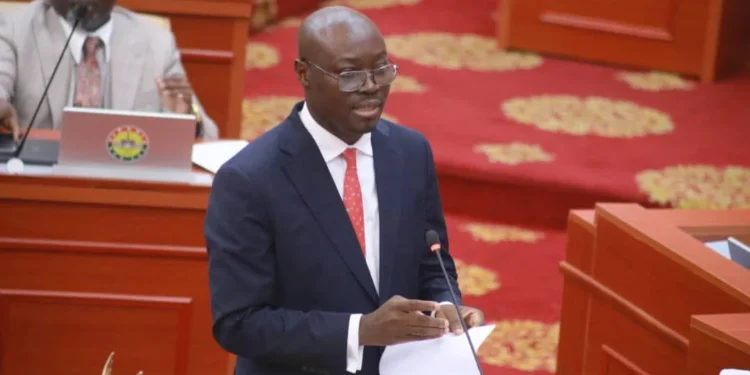The World Bank Group (WBG) has projected in its latest commodities market report that the commodities market is expected to decline in 2023 as slowing global growth leads to a drop in the prices of energy, metals and agricultural products.
The World Bank Group attributed the downward revision to slower global growth and the subsequent weakness in oil demand in 2023, particularly in Europe.
According to the international financial institution, energy prices are likely to drop in 2023 but remain higher than previously forecast, primarily reflecting an upward revision to coal prices. However, the World Bank projected crude oil prices to moderate to an average of $88 per barrel in the year under review, which is $4 per barrel below previous projections.
The Bretton Woods Institution noted that Russian oil exports are expected to fall in 2023 due to additional EU sanctions that started in December 2022 for crude oil and will begin in February 2023, for oil products.
For natural gas, the report titled ‘Global Economic Prospects’, predicted annual average prices to moderate in 2023. The report also indicated that the demand for natural gas is expected to decline during the year as households and industrial users reduce consumption, while rapid growth in renewable energy generation will help moderate demand for natural gas for electricity generation.
That notwithstanding, the report noted that further price spikes are possible as exports from Russia are envisaged to remain significantly lower than before the onset of the war in Ukraine. Moreover, competition for liquefied natural gas (LNG) is expected to remain intense at the global level, as European countries continue to import large volumes of LNG to replace lower imports from Russia.
“The main downside risk to the energy price forecast is weaker-than-expected global growth. Oil consumption could also be lower as a result of more persistent pandemic-related restrictions in China.”
World Bank Group
Agriculture Prices Projected to Drop
On a similar trend, the report noted that agricultural prices are projected to drop 5 per cent in 2023 after rising 13 percent in 2022, largely reflecting better global production prospects and easing input costs, particularly for fertilizers.
However, the World Bank pointed out that upward risks to food prices include the possibility that fertilizer prices will rise in response to higher natural gas prices. It added that the closure of several fertilizer manufacturers in Europe, as well as the effects of a third consecutive ‘year of La Niña’ in 2022 would result in a bullish impact on food prices.
Metal prices were also projected to decline by 15 percent in 2023, pressured by weakness in China’s property market, resulting in decreased demand in the world’s largest metal consuming nation.
According to the World Bank Report, the demand for metals from the renewable and the energy sector, made more competitive by high fossil fuel prices, is likely to remain strong in 2023. It added that metal prices may be higher than expected if elevated energy costs cause smelters to close and reduce production of refined metals. “Conversely, weaker-than-expected growth, particularly in China, is a downside risk to prices,” the report stated.























